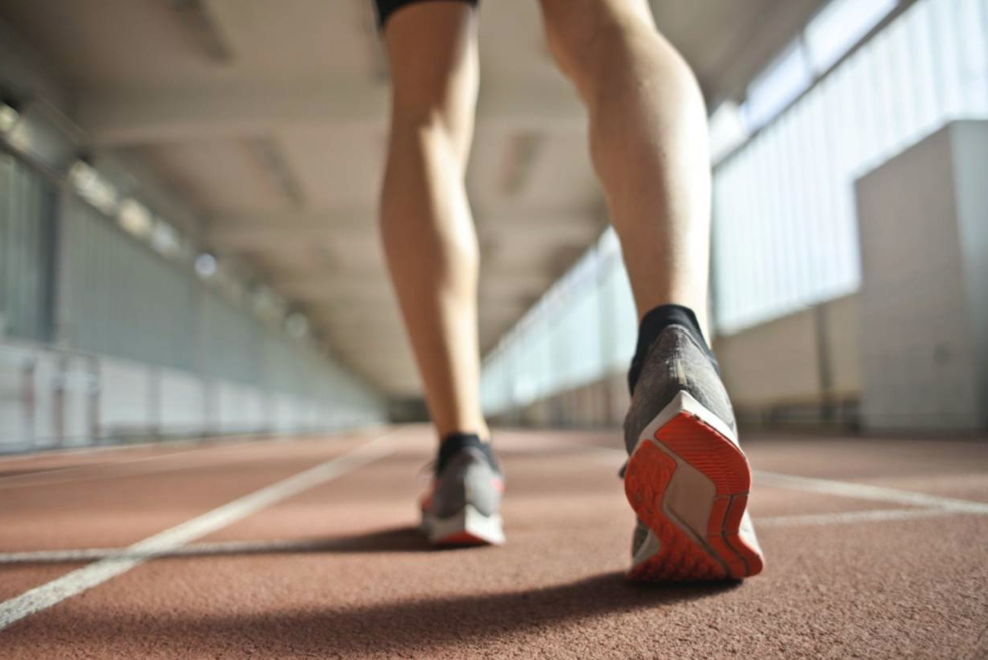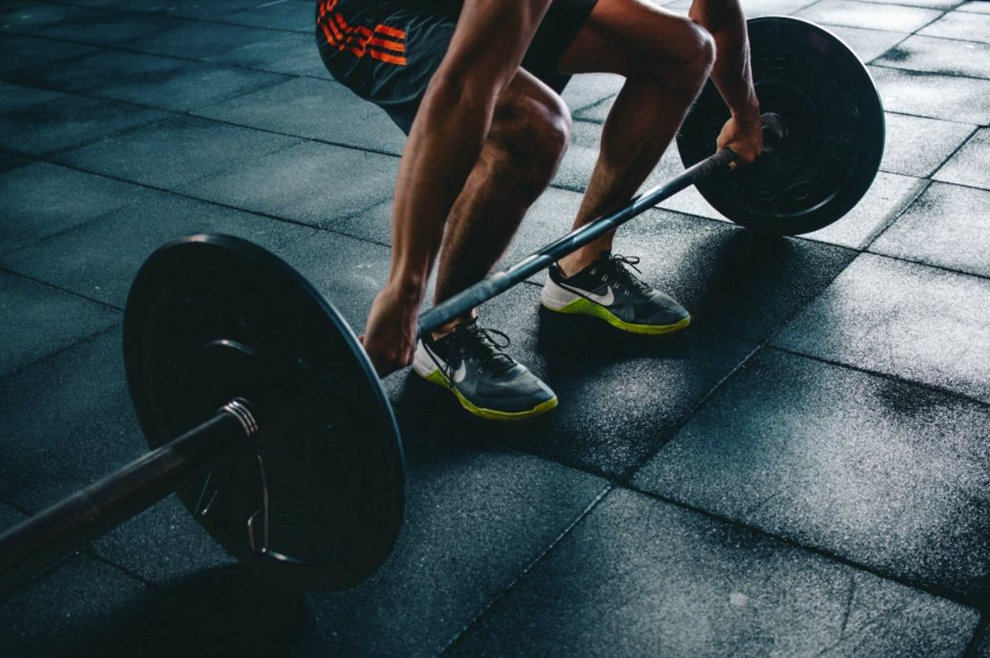
As runners, we love our shoes. Maximalist, minimalist, high drop, low drop, zero drop, wide toe box, narrow toe box, light weight, carbon-fiber plated, multi-colored, bouncy, plush, superfoam, so many options, so many brands how can anyone make a decision on the best shoe for running? Our sport is unique, the only equipment required is a pair of shoes. With little expenses in equipment, running is an economical way to be active, stay in shape, set and achieve goals. So how do I know what shoe is meant for me?
Let’s start out by establishing some personal constructs:
- What are your running goals?
- Where do you train?
- How often do you run? (Per week, per day)
- What surfaces are you running on?
By establishing some of these basic variables we can start to focus the search. But what about stability vs neutral vs motion control? This is a debate that runners, coaches, and even seasoned musculoskeletal clinicians argue about which running shoe is best assuming we wish to stay injury free (usually a good thing we CAN agree on). So what does the research say??
In a Cochrane Database Systematic Review the authors found little to NO EVIDENCE that “running shoes prescribed based on static foot posture reduced the number of injuries compared with those who received a shoe not prescribed based on foot posture.” The authors concluded that shoe recommendations based on runners’ foot type does not reduce running-related lower-limb injuries in adults. These findings were based on 11,240 participants.
They compared:
– Neutral cushioned to minimalist shoe (766 participants)>>> little difference in lower limb injuries sustained
– Motion control to neutral cushion (421 participants)>>>uncertain if motion control reduced lower limb injury.
– soft to hard shoes (1095 participants)>>> little to no difference between groups.
– stability to neutral cushion shoes (57 participants)>>> very low certainty in evidence.
– motion control to stability shoes (56 participants)>>> low quality evidence.
– prescribed to non-prescribed running shoes (7203 participants)>>> no evidence prescribed shoes based on static posture reduces injury.
The authors of the study concluded that “The evidence determining whether different types of running shoes influence running injury rates was very low to low, and as such we are uncertain as to the true effects of different types of running shoes upon injury rates.” Furthermore the authors concluded that prescription of footwear does not reduce running related lower-limb injuries in adults.
OH NO WHAT AM I TO DO???
Well there’s good news. According to this comprehensive study, shoe choice does not matter. This means whatever shoe FEELS the best IS the best. Let me explain. We’ve all tried on shoes, some just “fit” and you know the shoe will work. But this still doesn’t answer the original question. All shoes have a few things in common:
- Most shoes restrict your natural foot movement
- All shoes dampen the feed-back (proprioception) from the ground with each step/stride
- Most shoes do not allow the toes to splay and crowd the toes
- If any of the above are affected— the human movement system is altered in some way.
Let me share my thoughts and personal experiences as a runner and shoe salesman.
For one thing, I like to “feel” the surface I run on and tend to like lighter weight shoes that are lower to the ground. I like to feel the “pop” when I run on a daily basis. I don’t like to feel weighed down by my shoe, if it gets wet I can keep going despite the added water weight. I come from a performance background with an emphasis on strength and speed. The shoe I train in facilitates my training goals. But I didn’t arrive at this conclusion all at once. Let me explain…
I started off as a spry, bright-eyed bushy tailed Junior high 7th grader going out for cross country getting my first pair of running shoes. I went with the Brooks Adrenaline GTS. They worked well but when I ran in the grass they accumulated TONS of dew weighing me down. So the next time I asked for a lighter option. The Ascics GT-2000 was the shoe of choice and stayed my Go-To for quite a long time. As I trained longer and longer, and developed my skills, the Ascics were good up to a certain speed and weren’t breathable. Up until this point, the shoe fitters said I “needed a stability shoe.” And my injury history (3 stress fractures in 6 months) seemingly backed up that claim. About this time, Nike was attempting the impossible. The elusive Sub2 hour marathon barrier was close to being broken. Nike released their top tier racing shoe, along with the updated Nike Air Zoom Pegasus 35 (A shoe with 4 names)!!! The shoe was sharp, it screamed speed, reflected performance and carried the DNA of the fastest shoe on the market and I WANTED IT. I could see myself running successfully in them so I pondered if I should get them.
Ironically pictured above the legendary PEGASUS 35!!!
I knew the Pegasus 35s were “Neutral cushioned” and all of my coaches, PT’s and athletic trainers warned me to run in “stability shoes.” SO, I took a risk. The first time I put them on, I told you it was magical!! Something just clicked. The shoe contoured to my feet, kept me low to the ground, provided just enough cushion for longer runs but not too much to be bulky, they were breathable, and had great tread. I made a deal that I would keep up on my preventative exercises to “offset” the new stresses of my new shoe. Fast forward 6 years… I haven’t been injured since.
Now this is seemingly Hallmarky. I get it, not everyone has 8 years to find “their best shoe” but we can learn something from my experience. I tried something once… then slowly made changes narrowing down what I liked and what I didn’t like. So my advice is to try something, anything and notice what you like.
As a shoe fitter we bring out the shoes we think MIGHT work for you. Then it is up to you to decide what you like and what you don’t. Subtleties, a little rubbing here, a little toe pinch there, something to give hesitance. It always comes down to 2 favorite pairs. I always ask the question which shoe feels like you’re not wearing one at all? This means there are no pressure points, pinches, or areas that could develop into blisters or callouses. The contour of the shoe fits perfectly to the arch of the foot and during walking, the foam compresses uniformly, not magnifying pronation (inward rolling), or supination (outward rolling) with no rubbing on toe-off.
So let’s bring this home…
If you are new to running, it’s important to get into the correct length and width of the shoe. Make a selection based on function, and feeling, and worry about color and looks later. If you are seasoned, put in consistent training ask yourself a few questions:
- What do I like, what do I not like about this (current) shoe?
- What are your goals? (faster running and lighter weight shoes)
- What do you do outside of running to prepare your body for training and performance?
Ohio Sports Chiropractic and Rehab
📍 10360 Northfield Rd, Northfield, OH 44067
📞 (330) 908-0203
🌐 ohiosportschiropractic.com

As much as we want a good shoe, it’s important to strengthen the body and prepare the system for movement to handle stress. Strength training, dynamic warmups, mobility, stability, plyometrics all fit into your ‘training.’ As runners we need to be preparing the body to handle the stresses running puts on our frames 10s of 1000s of times per day, week, month, etc. Our bodies are extremely adaptable and will eventually adapt to training. But we are most susceptible to injury during rapid increases of mileage without proper recovery. So if you struggle with injury, ask yourself (or coach) FIRST am I ready for the current eu-stress??? Am I recovering, eating, sleeping, hydrating, supporting my body nutritionally, and on a program that does not increase weekly mileage more than 10% each week???
So I hope you learned something here. The research article is provided for additional viewing. At the end of the day, shoes can only do so much so be sure you’re strengthening the body, especially the legs. (See quote below) Try one on, see if you like it, and if so keep going with it. If not, then make a change. It’s a big educated trial and error at the end of the day.
Quotable quote: “Fail to prepare, Prepare to fail.”
Reference:
Relph N, Greaves H, Armstrong R, Prior TD, Spencer S, Griffiths IB, Dey P, Langley B. Running shoes for preventing lower limb running injuries in adults. Cochrane Database Syst Rev. 2022 Aug 22;8(8):CD013368. doi: 10.1002/14651858.CD013368.pub2. PMID: 35993829; PMCID: PMC9394464.
Ohio Sports Chiropractic and Rehab
📍 10360 Northfield Rd, Northfield, OH 44067
📞 (330) 908-0203
🌐 ohiosportschiropractic.com
